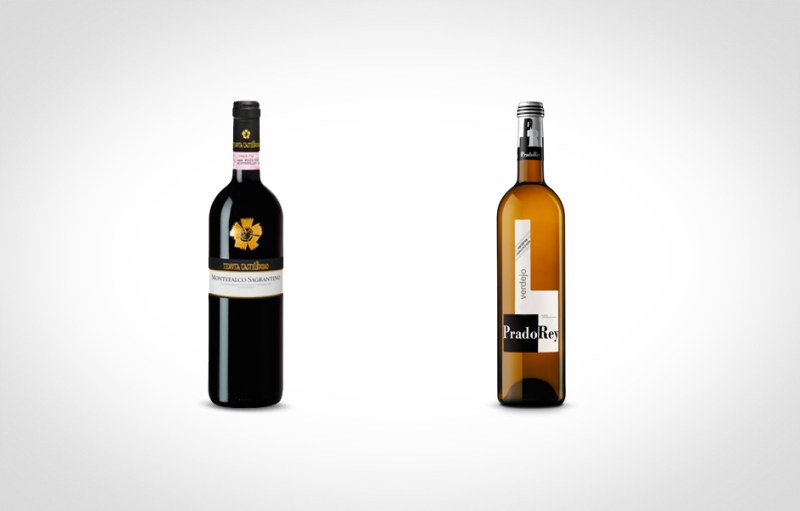
Luckily, we here at The Manual have two perfect wines for the occasion. Christopher Columbus was, of course, Italian, but his voyages to the West Indies and Americas were undertaken with the financing of the Spanish monarchy. So, to celebrate, we have one Italian wine and one Spanish wine for your consideration.
The 2007 Tenuta Castelbuono Montefalco Sagrantino hails from the Umbria region of Italy—the only Italian region without access to the sea. The secluded region features an abundance of grape varieties and assortment of wines. The Montefalco Sagrantino is made in the hamlet of Montefalco—a town that retains its medieval rampart walls.
The wine consists of 100% Sagrantino grapes, which were originally used by monks for religious rites. Upon uncorking the bottle, the 2007 Montefalco Sagrantino fills your nose with a warm, pleasant aroma; and the taste is no different. This a smooth red despite being a high tannic and high acidity wine—two qualities that make it perfect for aging. You’ll have no trouble drinking a glass or two of Montefalco Sagrantino on an orange and gold autumn afternoon.
From Spain, we have the 2013 PradoRey Verdejo, Rueda. The Rueda region has long been home to the Verdejo grape, whose white wines are quickly gaining ground in the United States due to their similarity to Sauvignon Blanc. This wine is the definition of crisp and fresh. The taste features notes of flowers, herbs, and nuts with a precocious, light lime finish. Its attractive bottle makes it a perfect addition to a picnic for an unseasonably warm day, or as a pairing for really any kind of meal.
We didn’t want to overwhelm you with choices, so kick back on this long Columbus Day Weekend with a bottle of Montefalco Sagrantino or PradoRey Verdejo. We’re in the peak of fall—enjoy it!


